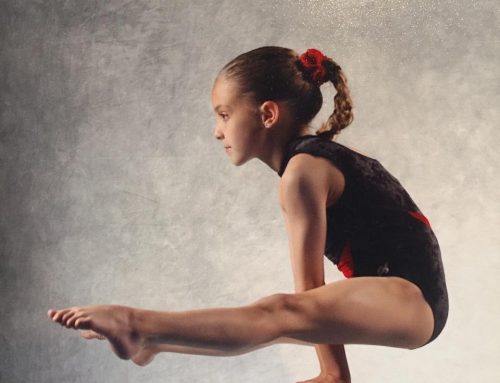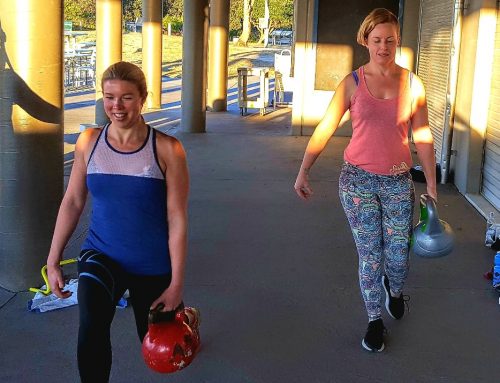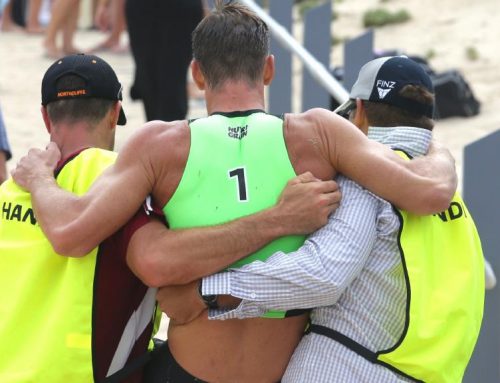In the last few years trainers have gone a bit “anti” with exercise. As in “anti-extension”, anti-rotation” and “anti-lateral flexion”.
You may not have heard of them but you’ve undoubtedly incorporated them into your training to some degree even if you didn’t realise it.
If you’ve done a plank you’ve done an anti- extension exercise. If you’ve done a box or bench step up you’ve incorporated some anti lateral-flexion into your training. If you’ve ever done a single arm cable exercise on a cable machine you’ve most likely also trained anti-rotation.
All these “anti” non-movements if you will, involve keeping your core (that is your trunk from shoulders right down to and including your hips and backside) straight while resisting either gravity or a weight. As such a lot of these exercises utilize your whole body as an integrated movement. Giving you about the best bang for your buck as far as core work goes.
Big lifts such as squats and Dead lifts are phenomenal core exercises as well, but if you rely solely on them for the bulk of your core strength you are under utilizing a large part of what your core is designed to do.
To keep this shortish I’m just going to focus on Anti-Lateral Flexion for the moment.
What is Lateral flexion? If you stand straight and then bend to the side from your hips, that is Lateral flexion. Anti-Lateral flexion then is your ability to resist a force that wants to pull you into lateral flexion by keep your spine straight. If you carry a suitcase, old school, without the wheels, you are engaged in an anti-lateral flexion activity.
Why do we need to do it?
Firstly it is very effective at promoting integrated core strength. That is your core’s ability to effectively engage with the extremities of your body, your arms and legs.
It is great for increasing strength and stability throughout the trunk and hip region.
For athletes, regardless of level, they can be massively beneficial in making you resilient to dumping or leaking energy. For example, take a runner. When their right foot strikes the ground, gravity dictates that their left hip drops. As the hip drops the entire torso will also lean to that side.
In a linear activity such as running excessive side to side movement is counterproductive to the goal of going forward and comes at an energy cost. The greater the movement the more energy the body has to spend to counter it.
The excess movement would most likely be measured in millimetres, but in sports where the movement is repeated thousands of times in a single session (any sports involving running, swimming, and paddling) the excessive energy expenditure will impact performance.
For surf and beach athletes that have to run on sand, due to the unstable surface, the lateral flexion aspect is exaggerated more so making Anti-lateral flexion strength even more important for them.
Finally, studies conclusively show having strength in all three of these ‘anti-movements’ in your core will significantly decrease the chance of injuries throughout your body.
So maybe it’s time to invest a little bit of “anti” training into your workouts.





